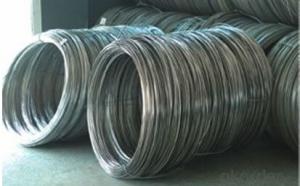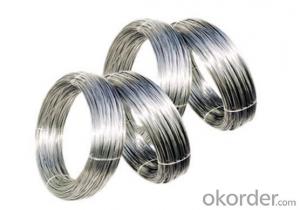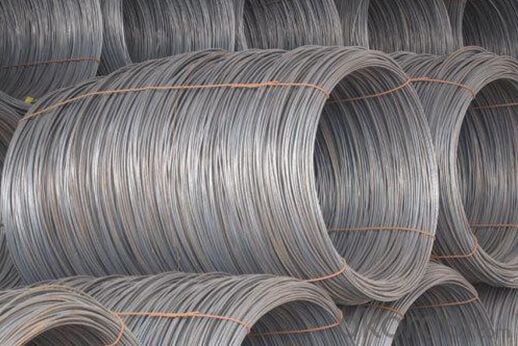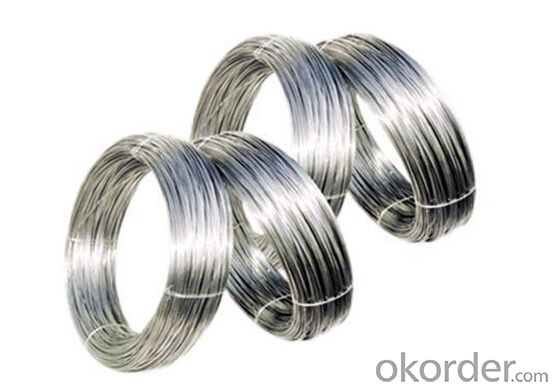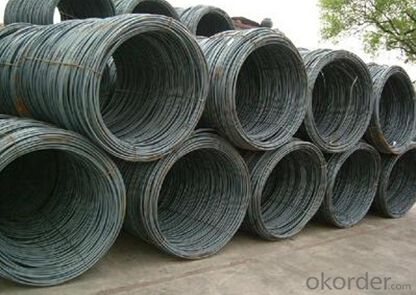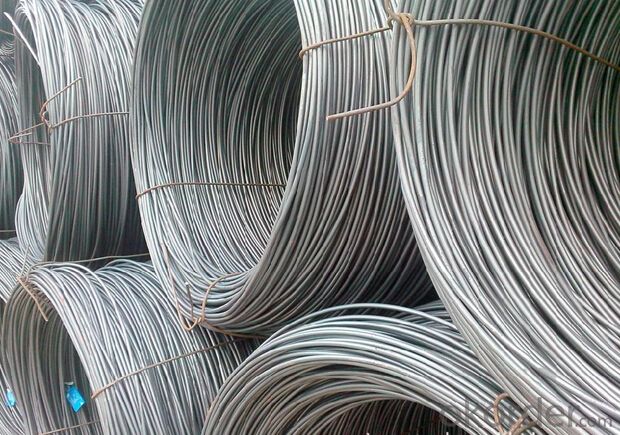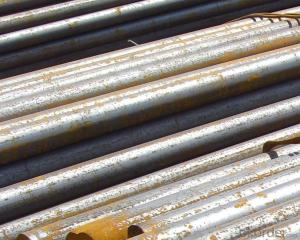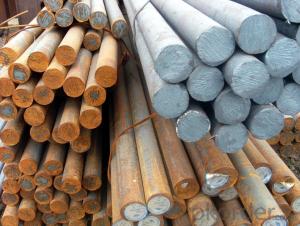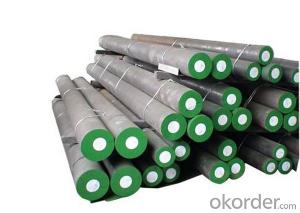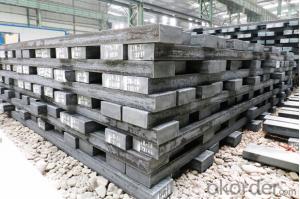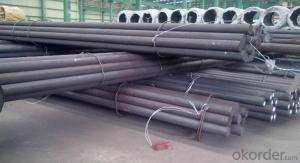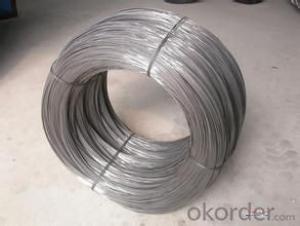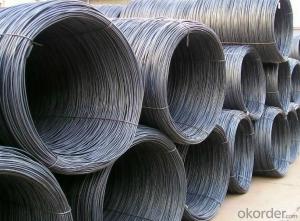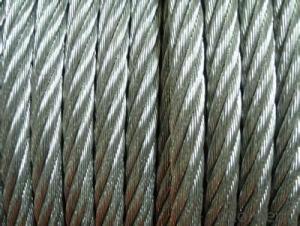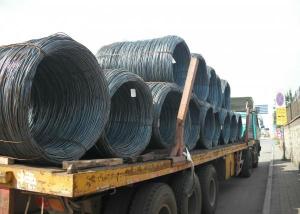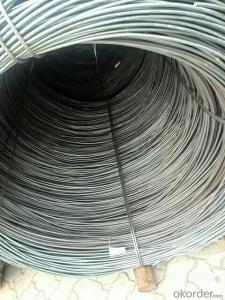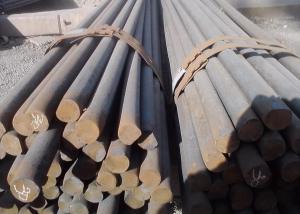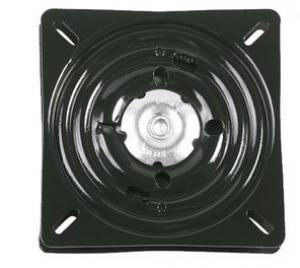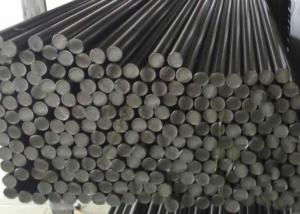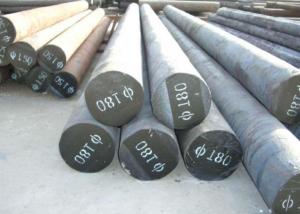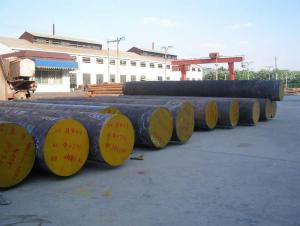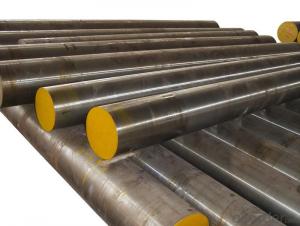High Carbon Steel Wire Rods for PC-SWRS82B
- Loading Port:
- Tianjin
- Payment Terms:
- TT or LC
- Min Order Qty:
- 25 m.t.
- Supply Capability:
- 10000 m.t./month
OKorder Service Pledge
OKorder Financial Service
You Might Also Like
Specification
High Carbon Steel Wire Rods for PC-SWRS82B
Specification
Packing: | With Bundles or Standard Seaworthy Packing |
Size: | Diameter 5.5mm--10mm |
Standard: | GB/ASTM/JIS/DIN |
Productivity: | 500 Ton/Month |
Unit Price/Payment: | T/T With 30% Advance Payment, The Balance Against |
HS Code: | 7214200000 |
Min. Order: | 1 Ton |
Composition: | Ferrous Steel Scrap |
Technique: | Cold Drawn |
Surface Treatment: | Plain |
Steel Grade: | Q195, Q215, Q235, SAE 1006, 1008,1010,1012,1016,1018, ect |
Application: | Structural Steel Bar |
Type: | Carbon Steel Bar |
Shape: | Round, Long |
Chemical Composition
Grade | Chemical Compositions | ||||||
C | Si | Mn | Cr | P | S | Cu | |
SWRS 82B | 0.79~0.84 | 0.12~0.32 | 0.60~0.90 | ≤0.35 | ≤0.025 | ≤0.025 | ≤0.20 |
SWRS 77B | 0.75~0.81 | 0.12~0.32 | 0.60~0.90 | ≤0.35 | ≤0.025 | ≤0.025 | ≤0.20 |
Company Information
CNBM International Corporation is the most import and export platform of CNBM group(China National Building Material Group Corporation) ,which is a state-owned enterprise, ranked in 270th of Fortune Global 500 in 2015.
With its advantages, CNBM International are mainly concentrate on Cement, Glass, Iron and Steel, Ceramics industries and devotes herself for supplying high quality series of refractories as well as technical consultancies and logistics solution.
After-sale service | CNBM provides the services and support you need for every step of our cooperation. We’re the business partners you can trust; you can relax and get on with doing business. |
For any problem, please kindly contact us at any your convenient time, we’ll reply you in our first priority within 24 hours | |
Advantages | Industry experience over 20 years. |
Shipment of goods -More than 70 countries worldwide. | |
The most convenient transport and prompt delivery. | |
Competitive price with best service. | |
High technical production line with top quality products. | |
High reputation based on best quality products. |
Products Show
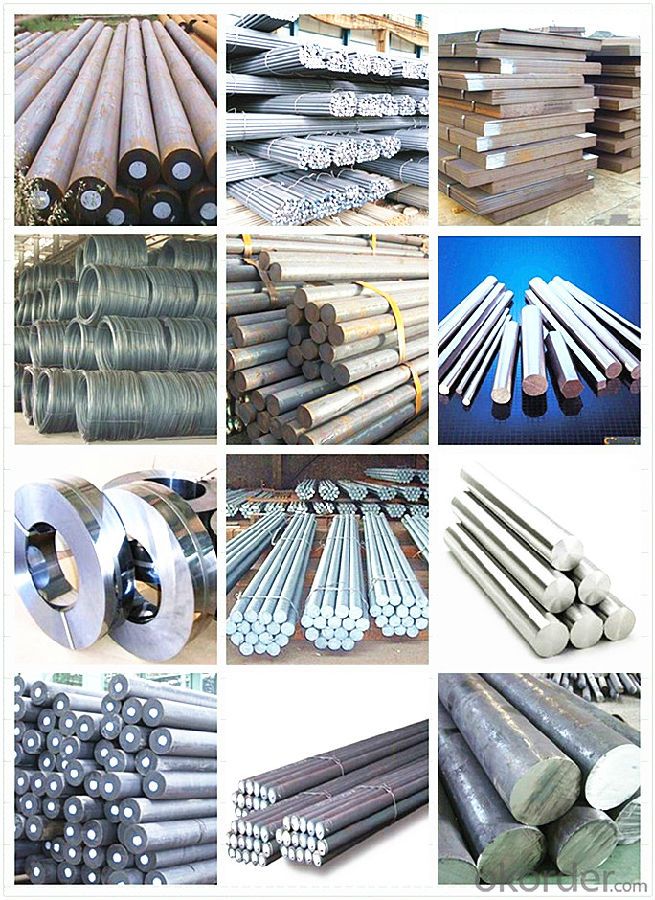
FAQ
Are you a trading company or manufacturer? | Manufacturer |
What’s the MOQ? | 3 metric ton |
What’s your delivery time? | 15-35 days after downpayment received |
Do you Accept OEM service? | Yes |
what’s your delivery terms? | FOB/CFR/CIF |
What's the Payment Terms? | 30% as deposit,70% before shipment by T/T |
Western Union acceptable for small amount. | |
L/C acceptable for large amount. | |
Scrow ,Paybal,Alipay are also ok | |
Why choose us? | Chose happens because of quality, then price, We can give you both. |
Additionally, we can also offer professional products inquiry, products knowledge train (for agents), smooth goods delivery, excellent customer solution proposals. | |
What's your available port of Shipment? | Main Port, China |
What’s your featured services? | Our service formula: good quality+ good price+ good service=customer's trust |
Where are your Market? | Covering more than 160 countries in the world |
- Q: How does special steel perform in extreme environments?
- Special steel is specifically designed to perform exceptionally well in extreme environments. It has superior resistance to corrosion, high temperatures, and pressure, making it highly reliable and durable. This type of steel can withstand harsh conditions such as extreme cold, intense heat, and corrosive chemicals, ensuring optimal performance and longevity even in the most challenging environments.
- Q: What are the different methods for improving the tensile strength of special steel?
- There are several methods for improving the tensile strength of special steel, including heat treatment, alloying, cold working, and grain refinement. Heat treatment involves heating the steel to a specific temperature and then rapidly cooling it, which can result in increased strength. Alloying refers to adding specific elements such as chromium, nickel, or molybdenum to the steel, which can enhance its strength properties. Cold working involves subjecting the steel to mechanical deformation at low temperatures, which can increase its strength. Grain refinement, on the other hand, involves controlling the size and distribution of the steel's crystalline structure, leading to improved strength.
- Q: What are the different special steel products available in the market?
- In the market, one can find a wide range of special steel products that are specifically designed to meet various industrial needs. Some commonly used special steel products include: 1. Stainless Steel: This particular steel alloy is highly resistant to corrosion due to its minimum chromium content of 10.5%. It finds extensive use in applications that demand exceptional corrosion resistance, such as kitchen utensils, medical instruments, and chemical processing equipment. 2. Tool Steel: Tool steel is a type of carbon and alloy steel that is exclusively manufactured for tool production. It is renowned for its high hardness, resistance to abrasion, and ability to maintain sharp edges. Tool steel is widely employed in the fabrication of cutting tools, dies, and molds. 3. Alloy Steel: Alloy steel is a type of steel that has been blended with other elements like manganese, silicon, nickel, or chromium to enhance its mechanical properties. It offers superior strength, toughness, and wear resistance compared to carbon steel. Alloy steel is used in various applications, including automotive components, construction equipment, and machinery parts. 4. High-Speed Steel: High-speed steel is a variant of tool steel that exhibits the ability to cut at high speeds without compromising its hardness or its ability to retain sharp edges. It is commonly utilized in the production of drills, milling cutters, and saw blades. 5. Spring Steel: Spring steel is a low-alloy, medium or high carbon steel that possesses remarkable shape retention and elasticity even under high stress or repeated loadings. It finds extensive use in the manufacturing of springs, suspension systems, and shock absorbers. 6. Electrical Steel: Electrical steel, also known as silicon steel, is an exceptional steel alloy that demonstrates low electrical losses and high magnetic permeability. It is employed in the fabrication of electrical transformers, motors, and generators. 7. Heat-Resistant Steel: Heat-resistant steel is specifically engineered to withstand high temperatures without compromising its mechanical properties. It is commonly utilized in applications such as furnaces, heat exchangers, and gas turbines. These examples merely scratch the surface of the wide array of special steel products available in the market. The selection of a particular steel product depends on the specific requirements of the application, including factors like corrosion resistance, strength, hardness, and heat resistance.
- Q: How is special steel used in the production of valves and fittings?
- Special steel is commonly used in the production of valves and fittings due to its high strength, corrosion resistance, and ability to withstand extreme temperatures and pressure conditions. It provides durability and reliability, ensuring the efficient functioning of valves and fittings in various industries such as oil and gas, petrochemical, and power generation. Additionally, special steel's malleability allows for intricate shaping and precision manufacturing, enabling the production of valves and fittings with complex designs and tight tolerances.
- Q: What are the main advantages of using special steel in the oil and gas industry?
- The main advantages of using special steel in the oil and gas industry are its high strength and resistance to corrosion, which enhances the durability and longevity of equipment and pipelines. Special steel also has excellent heat resistance, allowing it to withstand high temperatures and pressures commonly found in oil and gas operations. Additionally, special steel offers superior weldability and machinability, making it easier to fabricate and install in complex infrastructure.
- Q: How does special steel perform in erosion applications?
- Special steel performs exceptionally well in erosion applications due to its high resistance to wear and corrosion. Its unique composition and enhanced durability make it an ideal choice for environments where erosion is a common concern. Special steel's ability to withstand abrasive forces and maintain its structural integrity over time ensures long-lasting performance and minimizes the need for frequent replacements or repairs.
- Q: What are the main characteristics of wear-resistant castings?
- The main characteristics of wear-resistant castings include high hardness, toughness, and resistance to abrasion, impact, and corrosion. They are designed to withstand harsh environments, reduce downtime, and increase the lifespan of components in industries such as mining, cement, and power generation.
- Q: Is special steel suitable for medical equipment manufacturing?
- Yes, special steel is suitable for medical equipment manufacturing. Special steel possesses properties such as high strength, corrosion resistance, and biocompatibility, making it an ideal choice for producing medical devices and equipment. Its ability to withstand harsh sterilization processes and maintain structural integrity is crucial in the medical field, ensuring the safety and reliability of the equipment.
- Q: How does special steel contribute to reducing product defects?
- Special steel contributes to reducing product defects by offering enhanced properties such as increased strength, durability, and corrosion resistance. These properties ensure that the steel components used in various products, especially in critical applications, are less prone to wear, breakage, or malfunction. By using special steel, manufacturers can create more reliable and high-quality products, which ultimately leads to a reduction in defects and improves overall product performance.
- Q: What are the challenges in surface treating special steel?
- When it comes to surface treating special steel, a range of challenges can arise due to the unique properties and composition of the material. Some of the main challenges that need to be addressed are as follows: 1. Hardness: Special steels often possess a high level of hardness, which poses difficulties in achieving effective surface treatment. Traditional methods like heat treatment or chemical processes may not be sufficient to modify the surface properties without impacting the core strength. 2. Surface contamination: During the surface treatment process, special steels are vulnerable to contamination. Even the smallest traces of impurities or foreign materials can compromise the integrity of the treated surface. It is crucial to maintain a controlled environment and utilize clean equipment to minimize the risks of contamination. 3. Complex alloy composition: Special steels are typically alloyed with various elements to enhance specific characteristics, such as corrosion resistance or high temperature stability. This complex composition can make it challenging to find suitable surface treatment techniques that can effectively modify the surface properties without negatively affecting the overall performance of the alloy. 4. Adhesion and coating uniformity: Ensuring good adhesion and coating uniformity on special steel surfaces can be problematic. The surface characteristics and microstructure of special steels can make it challenging for coatings or treatments to properly and evenly adhere. Special attention must be paid to surface preparation and the selection of appropriate primers or coatings to ensure optimal adhesion and uniformity. 5. Heat sensitivity: Some special steels may be sensitive to heat during surface treatment processes. Excessive heat exposure can lead to changes in the material's properties, including structural alterations or deformation. It is essential to carefully control temperatures and employ suitable cooling methods to prevent any undesirable effects on the steel during the surface treatment process. 6. Cost: The process of surface treating special steel can be costly due to the specialized equipment, materials, and expertise required. Additionally, the challenges mentioned above can increase the complexity and time needed for surface treatment, resulting in higher costs. It is crucial to take these factors into consideration when planning and budgeting for surface treatment on special steel components.
Send your message to us
High Carbon Steel Wire Rods for PC-SWRS82B
- Loading Port:
- Tianjin
- Payment Terms:
- TT or LC
- Min Order Qty:
- 25 m.t.
- Supply Capability:
- 10000 m.t./month
OKorder Service Pledge
OKorder Financial Service
Similar products
Hot products
Hot Searches
Related keywords
